|
This coastal county boasts a wealth of landmarks, from Canterbury Cathedral to the legendary White Cliffs of Dover. As a young boy, Charles Dickens spent several years in Kent and would later recall the period as the happiest years of his childhood. Dickens maintained strong ties to the area and set several of his novels here. And as Dickens used many real places for inspiration, it's easy to follow in the footsteps of his characters. Rochester and ChathamSituated on the River Medway, the twin towns of Rochester and Chatham played an important role in the life of Dickens. And with its half-timbered buildings and Victorian street lamps, Rochester lends itself perfectly to a Dickensian getaway. All around the town, plaques indicate the places featured in Dickens' works. And the annual Dickens Christmas Market celebrates the author's great Christmas classics. Gads Hill Built for the Mayor of Rochester in 1780, this stately home would have been the finest in the area when Charles Dickens was growing up. He first visited Gads Hill as a young boy with his father, who told him that if he were to work hard enough he might one day own such a house. Dickens must have taken that statement to heart, because he purchased the property in 1857 and lived here until his death in 1870. Since the 1920’s, the house has been the site of Gads Hill School and is only open to visitors on the first Sunday of the month from May till October. Construction on a new school is currently underway, allowing for plans to turn the house into a Dickens heritage centre. Chatham Dockyard When Charles Dickens was five years old, his father was assigned as a Naval Pay officer at Chatham Dockyard. The family stayed in Chatham for five years, until financial ruin forced them to move to London. The Dickens lived in two different houses during their time in Chatham, one of which is still standing today at 11 Ordnance Terrace (Formerly No. 2). Just a short walk from the dockyard, the house is not open to visitors.
|
Categories
All
|
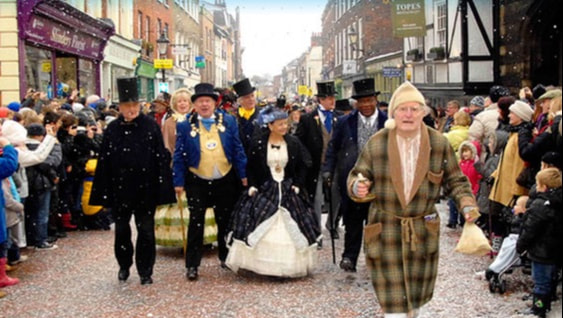
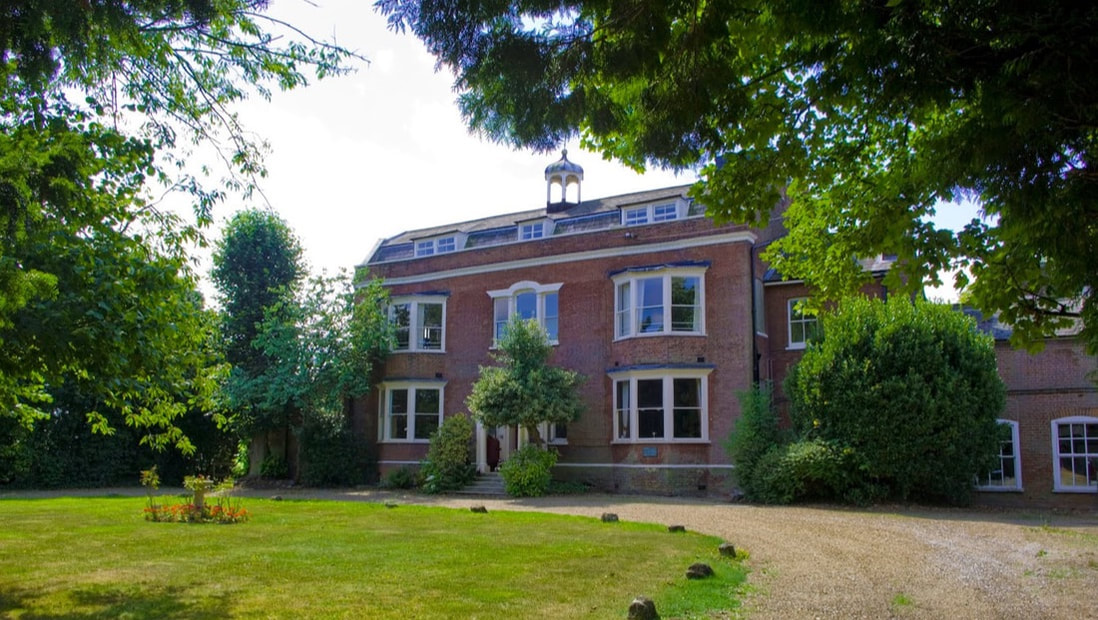
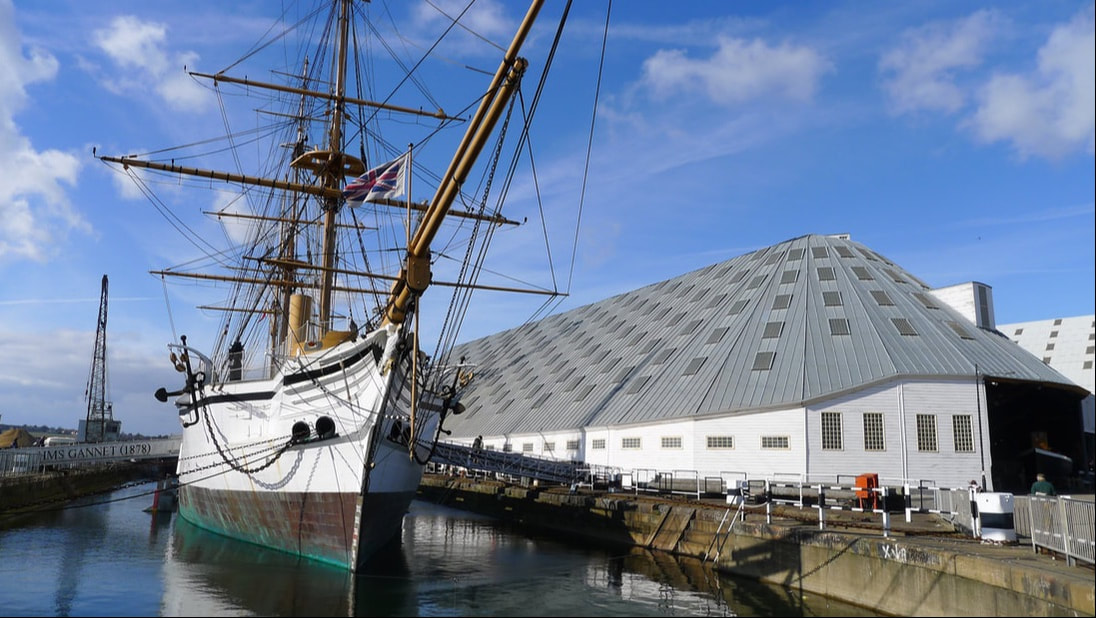
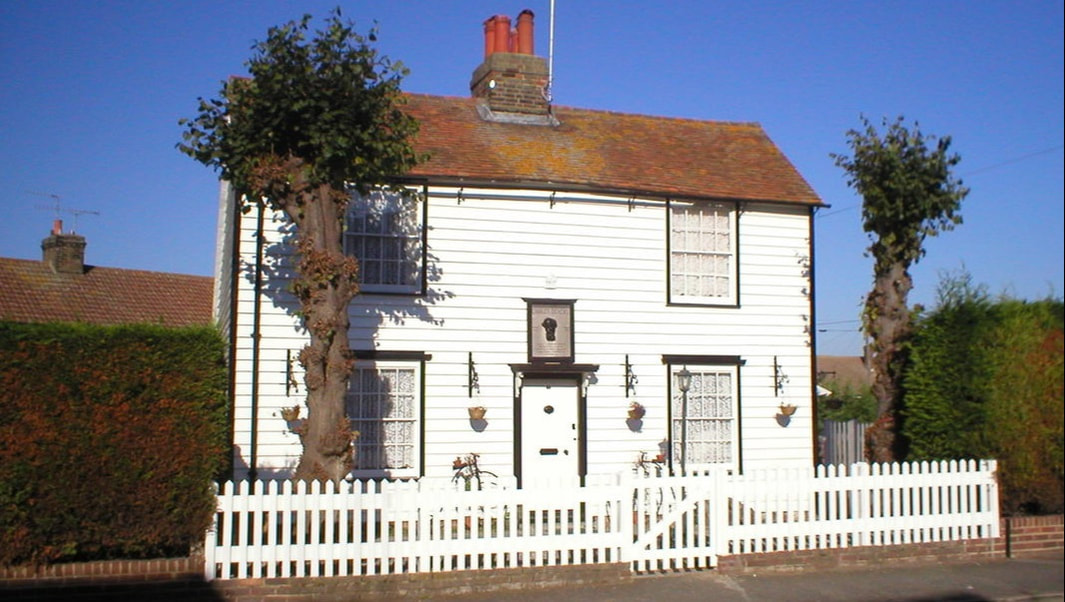
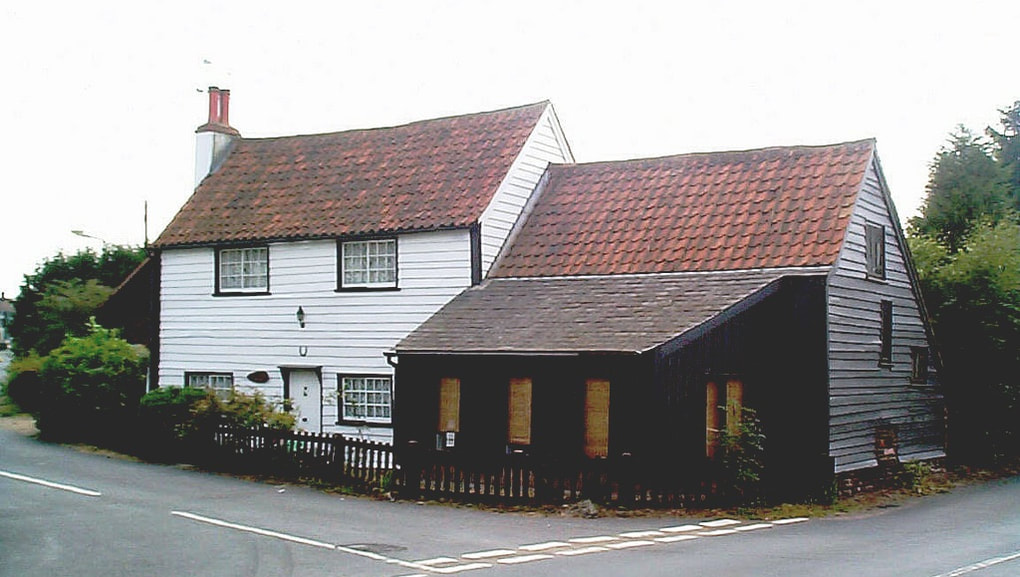
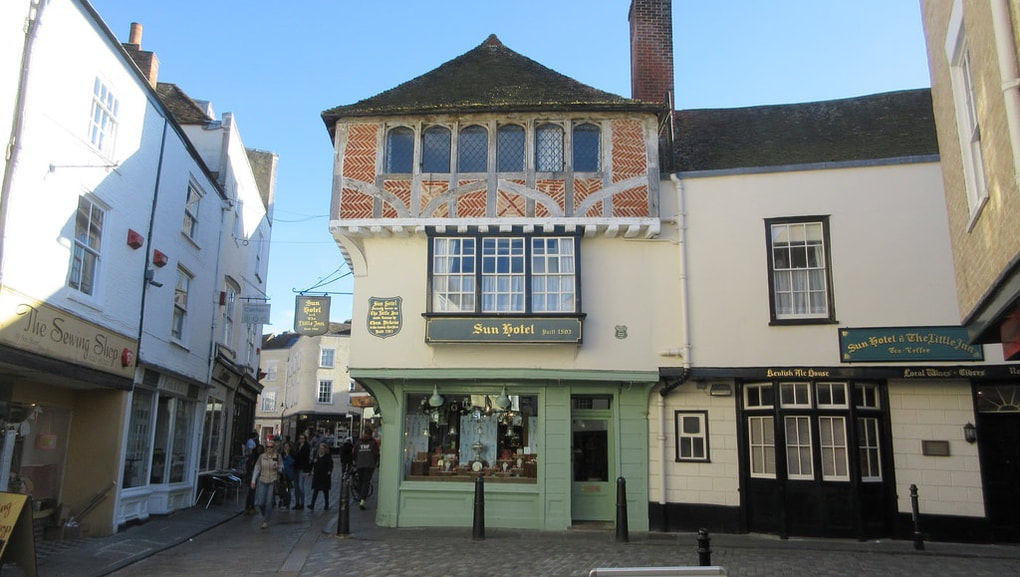
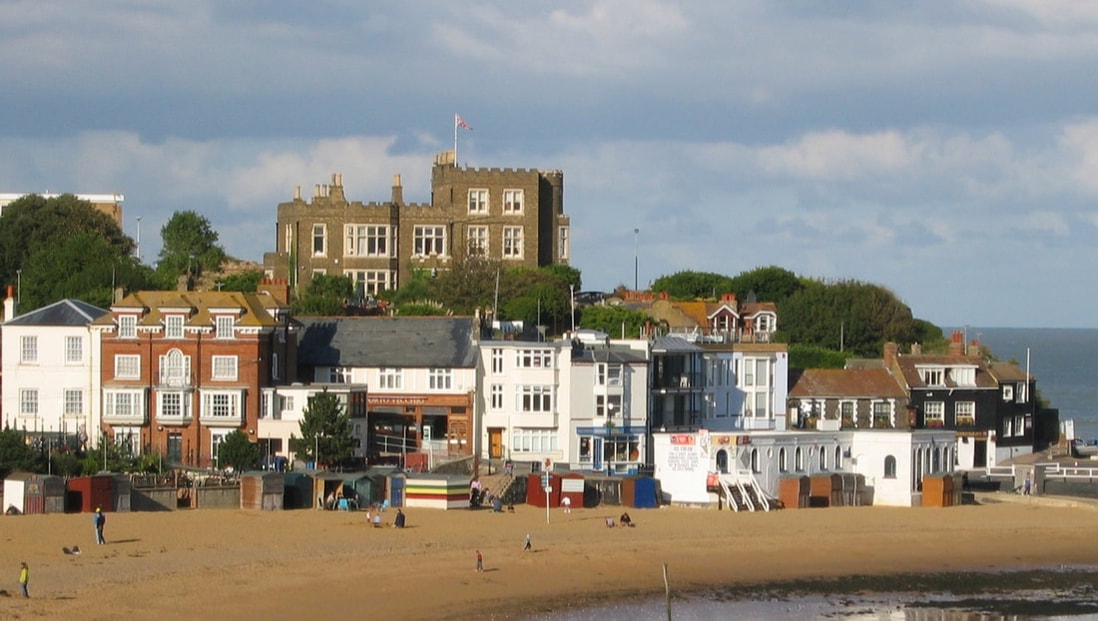

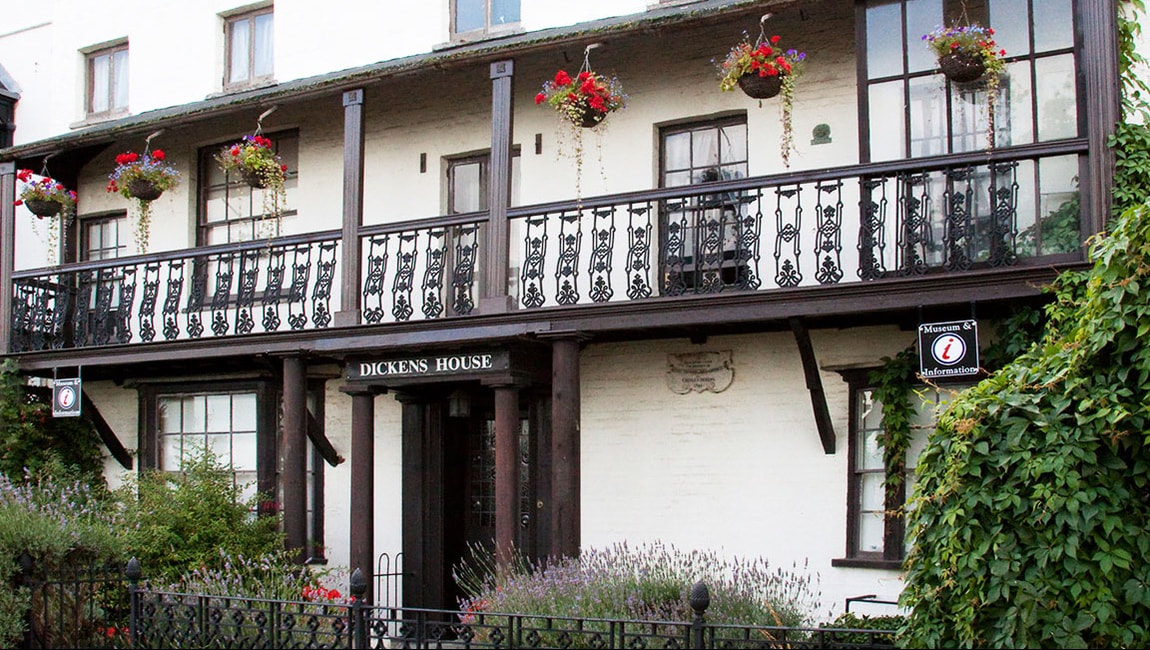

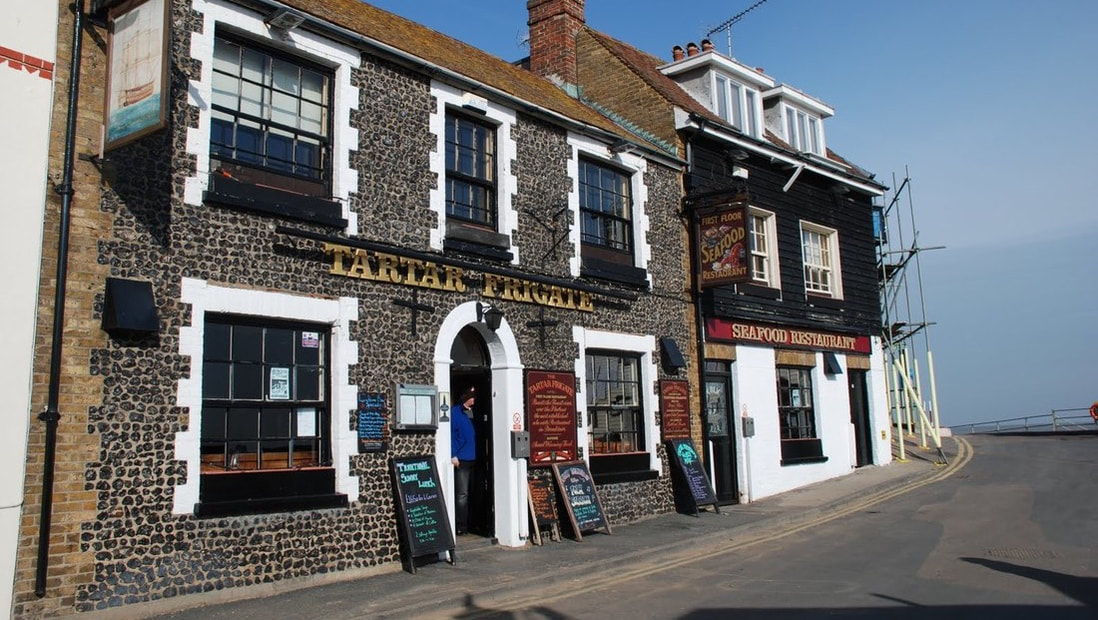
 RSS Feed
RSS Feed